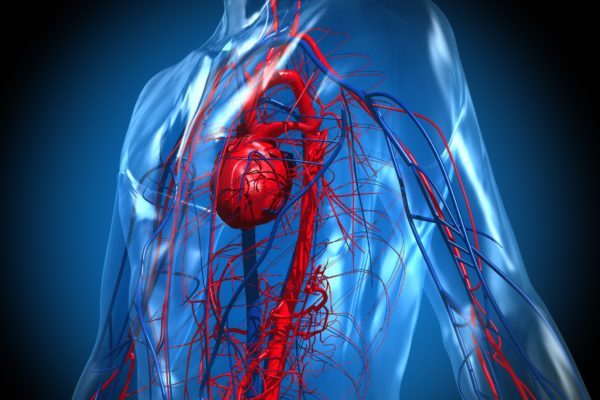Myelodysplastic syndrome (MDS) includes a group of bone marrow disorders that are characterised by the production of abnormal red blood cells.
In healthy patients, the production of blood cells takes place in the bone marrow. Here, stem cells develop to various blood cells, such as red blood cells (erythrocytes), white blood cells (leukocytes) and platelets (platelets). In the case of MDS, mutations are present in the DNA of these stem cells, which results in abnormally formed blood cells that do not mature into healthy cells. Myelodysplastic syndrome is therefore composed of myelos, which means that the condition relates to the bone marrow (dys = abnormal), and plasia, which relates to the formation of cells. A syndrome is a variety of symptoms.
The abnormal blood cells are already destroyed in the bone marrow before they enter the bloodstream. This results in a shortage of blood cells:
There are several types of myelodysplastic syndrome. In some cases, the disease develops into leukaemia. The different types of MDS are:
Furthermore, there are some rare forms of myelodysplastic syndrome:
MDS occurs at all ages, but most of the patients are older than 60 years of age. The disease is more common in men than in women.
In the beginning stages of the disease, patients do not have a lot of complaints and the disease can be discovered by accident through routine tests as a result. Gradually, symptoms become more severe and at the time of diagnosis, blood production may already be seriously disrupted. Most complaints are therefore linked to the shortage of blood cells in the blood. However, these complaints do not only occur in patients with MDS, which makes the diagnosis more difficult.
Patients may present the below symptoms:
Often, no cause can be found for the disturbed production of blood cells in myelodysplastic syndrome. It is likely that the error arises in the stem cells of the bone marrow. One theory is that during the many divisions of the bone marrow cells, mutations occur in the DNA. These mutations eventually lead to MDS. For that reason, MDS is also typically a disease of the elderly (older than 60 years), although the disease can also appear in young people.
There also seems to be a connection with the exposure to toxic substances such as pesticides, chemicals (such as benzene) and radiation. It is known that some patients who have been treated with radio or chemotherapy, develop MDS later in life. This is called therapy-related MDS.
To diagnose myelodysplastic syndrome, several test can be performed:
The treatment of patients with myelodysplastic syndrome depends, among other things, on the symptoms and the risk profile of the patient. It may vary from only observation to chemotherapy and stem cell transplantation.
The treatment focuses in particular on keeping the symptoms under control and increasing the quality of life. Patients with a mild form of MDS (with less than 5% blasts in the bone marrow) will receive blood transfusions. In addition, treatment with growth factors (erythropoietin and possibly G-CSF) is possible.
Patients with severe MDS –with more than 5% blasts in the bone marrow- will undergo more aggressive treatment. This treatment may consist of a low dose of chemotherapy or intensive chemotherapy followed by bone marrow transplantation. The choice of treatment depends on the age and physical state of the patient. Because acute leukaemia occurs in approximately 40% of patients with MDS-RAEB (usually AML), MDS is treated in the same way as AML.
Targeted therapies in current development for myelodysplastic syndrome include XPO1, NAE, telomerase and SMO inhibitors.




